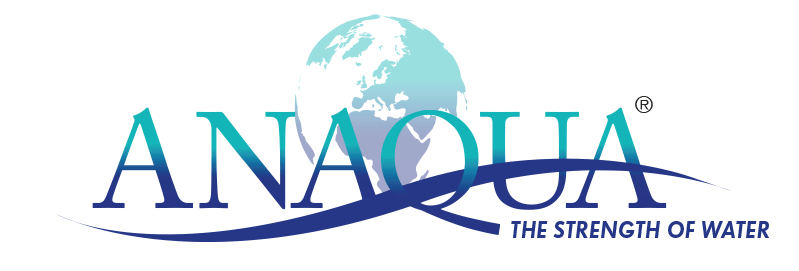









Our earth is formed by 70% water, of which only 3% represents fresh consumable water. Water is essential to life and the demographic explosion in recent decades creates the concern of government on the supply and quality of water for households. Water carries information throughout its path, of good and bad. In fact, the water is loaded with essential minerals but also with bacteria, with virus and toxic residues (heavy metals, pesticides, antibiotics, hormones ...).
With a view to improving overall water quality, ANAQUA offers : a system using a vector and a natural compound: water and salt. This system helps to eradicate pathogenic viruses and bacteria, causing a decrease in use, and therefore quantity of xenobiotics in the environment.
The use of ANAQUA units is simple, effective, inexpensive and safe for users and the environment. In fact ... ANAQUA is: "The alternative solution"
Water and water distribution systems in institutions (such as hospitals, hotels, nursing homes, detention centers, industrial plants, food processing plants, agricultural plants ...) and equipment (e.g. cooling towers, atomizers ...) are subject to bacterial contamination.
Many studies have revealed pathogens from water, including Staphylococcus, Streptococcus, E. coli, Cryptosporidium, Giardia Lambia, Listeria and Legionella. Bacterial contamination can be found in biofilms throughout the water distribution system.
Contamination may come from two main sources of contamination: the water contamination and contamination by reverse migration.
That the contamination comes from the same source or a reverse migration, the bacteria can survive and grow in the hot and cold water distribution systems, in part because the level of chlorine residual of municipalities is not sufficient or chemically capable to destroy these contaminants.
Source contamination
While municipalities provide high quality water, they are nevertheless not obliged to fully remove contaminants. For example, the statutory rate of removal of Cryptosporidium is only 99%, where 1% remaining have caused in Milwaukee (USA) in 1993, an infection affecting 400,000 people. Also, municipalities are not required to control or even to test their water distribution systems against Legionella.
Contamination by reverse migration
Studies show that bacterial growth begins at the point of discharge facilities and migrates back to the source of water. Thereby, the microbial population rapidly increases and infects the entire water distribution system. Sinks, faucets and other water distribution facilities, in all institution, are constantly exposed to these human and environmental contaminants.
Faced with these contamination issues, affecting all sectors, what is the ultimate solution to fight these pathogens?
ANAQUA "THE STRENGTH OF WATER"







